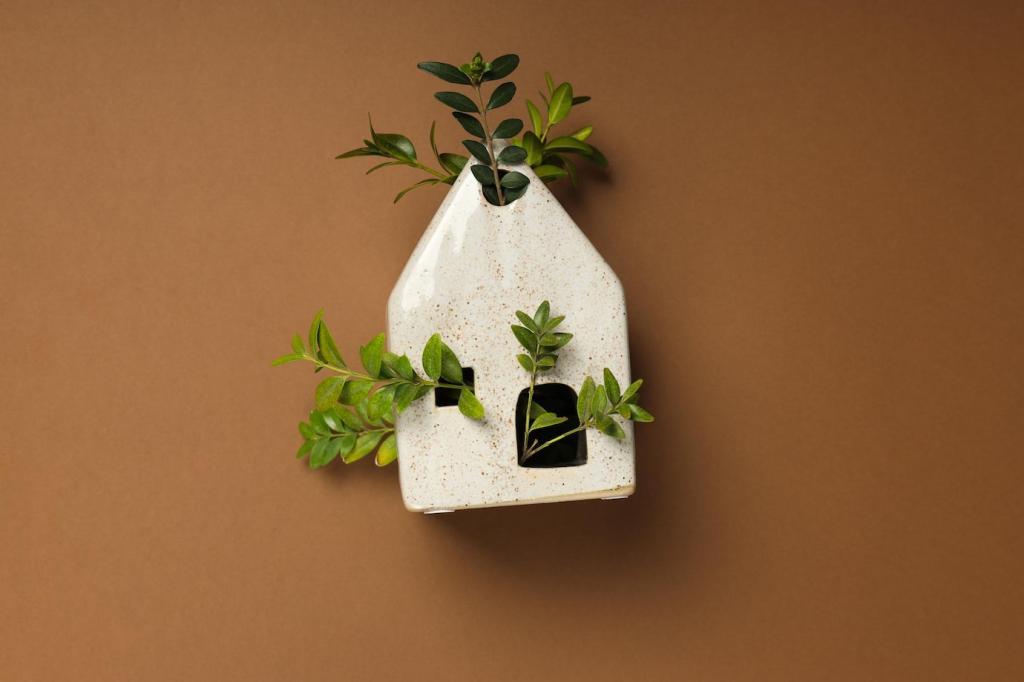
Build Smarter: Recycled and Upcycled Materials in Home Construction
Chosen theme: Recycled and Upcycled Materials in Home Construction. Welcome to a space where castoffs become cornerstones, character replaces sameness, and every resource counts. Explore ideas, tools, and real stories—and subscribe to follow each new transformation.


The Circular Home: Why Recycled and Upcycled Materials Matter
Every brick you reclaim, every door you refit, cuts demand for new extraction and transport. That means lower embodied carbon, fewer trucks, and tangible cost savings. Over time, reuse builds resilience—and a design story worth sharing with your neighbors.
The Circular Home: Why Recycled and Upcycled Materials Matter
A local school slated for demolition became a material library. Volunteers cataloged flooring, lights, and bricks. Those bricks now anchor a quiet porch, etched with classroom scuffs. That porch invites conversations about history, stewardship, and the simple pride of building thoughtfully.

Sourcing Reclaimed Materials Responsibly
Browse architectural salvage yards, deconstruction nonprofits, municipal reuse depots, and online exchanges. Ask renovation crews before dumpsters fill. Post your needs in community groups. Keep dimensions on hand so you can quickly assess doors, joists, windows, and fixtures that truly fit.
Design Strategies for Upcycling
Use screws, clips, and reversible joints instead of permanent adhesives. Standardize module sizes so panels can be swapped. Label layers during assembly. These choices make future repairs easier and allow your materials to enjoy second, third, and fourth lives.
Old beams offer dense grain and stability. De-nail carefully and plane lightly to keep character. For structure, consult an engineer and consider sistering members. Offcuts become shelves, stair treads, or trim—maximizing value while minimizing new lumber purchases.

How they sourced
They posted a request the day a downtown facade came down. With a borrowed trailer and gloves, they collected bricks over three weekends. Each brick was soaked, scrubbed, and stacked by color—slow work that transformed demolition waste into cherished inventory.
What worked, what didn’t
A lime mortar mix made alignment forgiving and future reuse possible. They underestimated cleaning time and ordered too little sand. Still, the finished wall glows at sunset. Share your questions, and we will break down their mortar ratios and cleaning setup.
Your turn: tell us your reuse goal
What material are you dreaming of saving—floorboards, doors, windows, tiles? Comment with your target and timeline. We will reply with sourcing leads, deconstruction tips, and a checklist you can print for your next salvage trip.


Starter Projects and Community Challenges
Turn pallets into a planter bench, assemble a reclaimed-sash cold frame, or craft floating shelves from flooring offcuts. Photograph your progress and tag our newsletter thread so others can learn from your spacing, fasteners, and finishing choices.
Starter Projects and Community Challenges
Wear eye protection, use a metal detector for hidden nails, and handle lead-painted items with caution. Ventilate when sanding. Practice de-nailing rhythms that protect wood. Share your safety checklist, and we will feature the most helpful tips for fellow builders.
